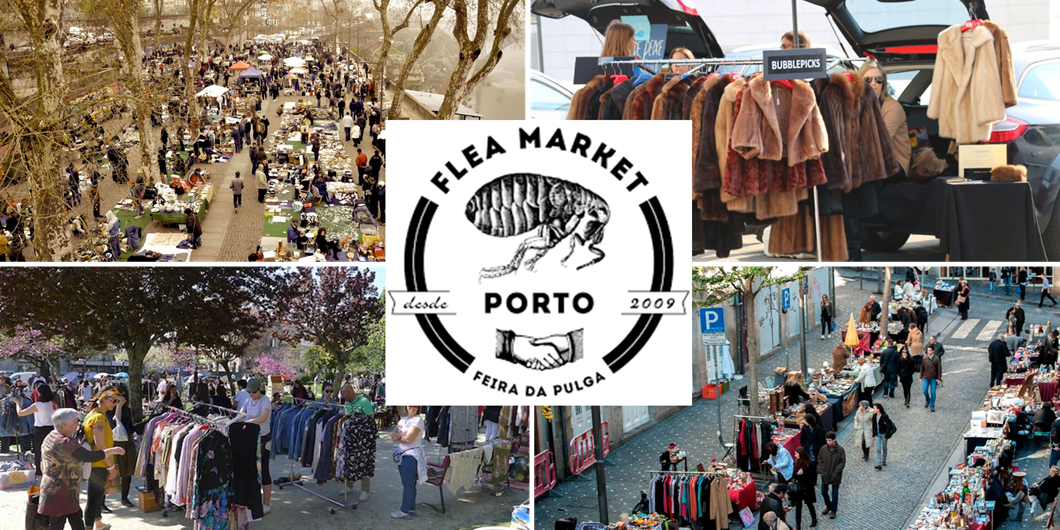25 Jun
Second-hand markets: how to measure the impact?
Second-hand markets or fairs are part of our history!
Examples of this are Vandoma and Feira da Ladra! Its importance is unquestionable, not only for the financial component, but also, and perhaps less noticed, the environmental one: giving new opportunity to goods and materials that we no longer see a use for, but that others still see! The goal is to change the paradigm from a consumerist and disposable society to a circular society!
Although the importance of these markets is undeniable, it is essential to obtain information related to the environmental impact they end up resulting in. How many kilos of waste were avoided by selling second-hand goods or materials? What impact in terms of avoided CO2eq emissions did we achieve? These were some of the questions that LIPOR and SPOT decided to start asking!
The first work began in 2016 and resumed in 2023, with the stabilization of the Flea Market and the creation of a registration model, where seller "Re-users” are fundamental to the success of this important work! Through a survey carried out in each market, it is possible to measure the items traded, by type, and estimate the amount (in kg) of waste avoided!
The next step is to extend this measurement to new markets and stores so that together we can not only promote this selling/purchasing option in the community, get to know the different markets within the eight LIPOR Municipalities, but also measure and communicate their environmental impact!








